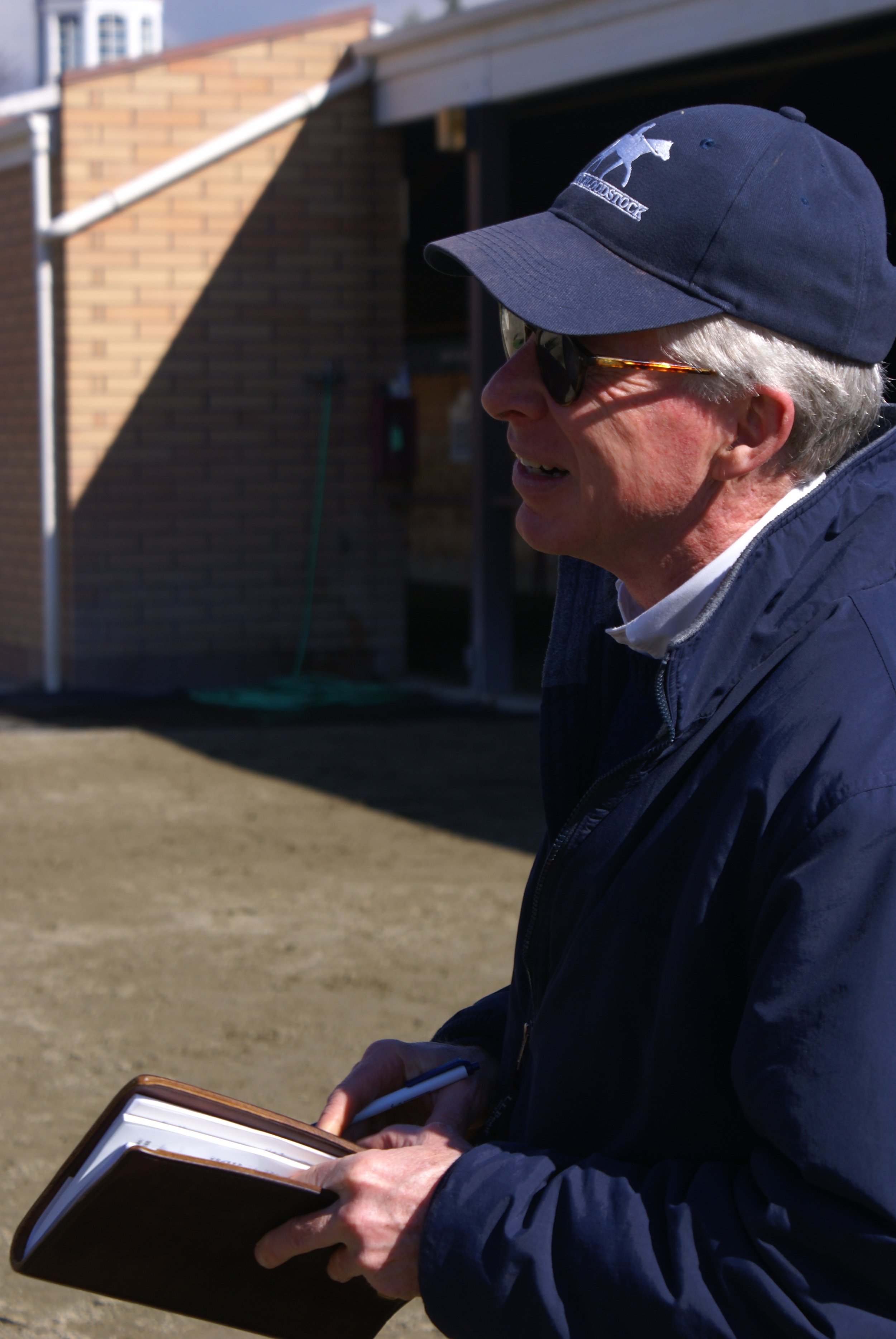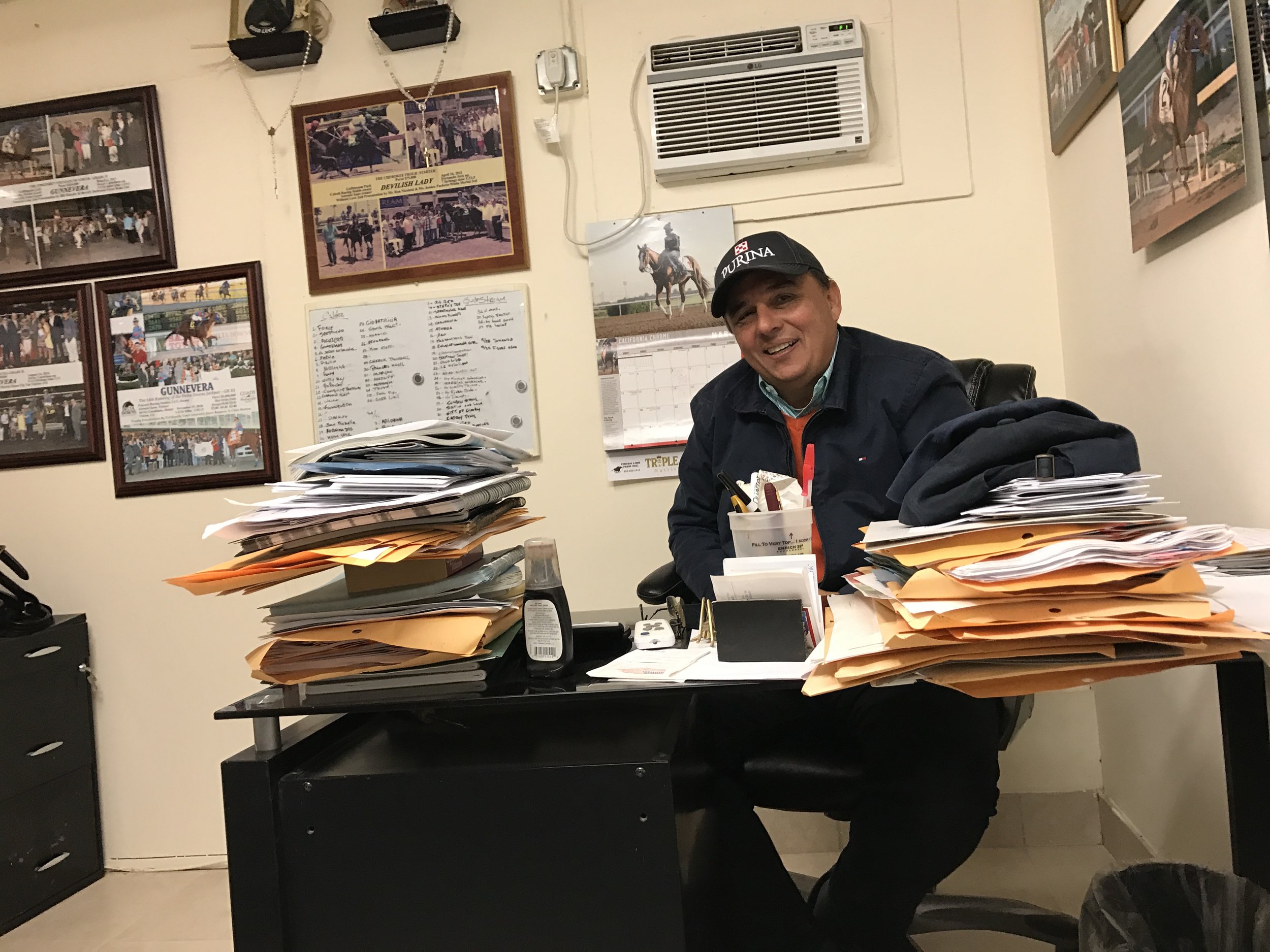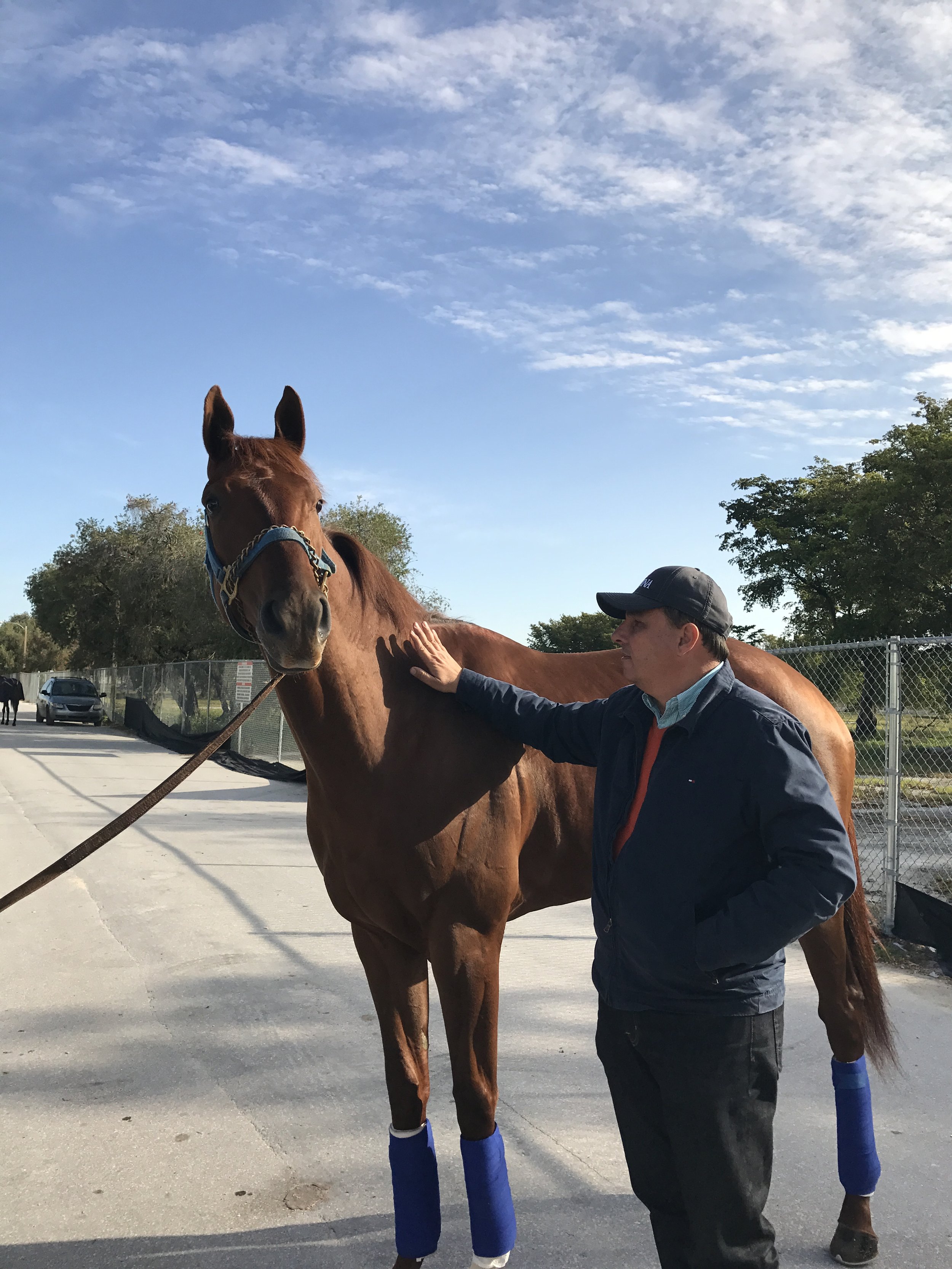Alan Balch - Inspiring Ascot
/Although I’ve never been to Royal Ascot, I first went to the course in October 2012, for the second British Champions Day, where Frankel “miraculously” recorded his 14th straight and final win after having been left at the start of the rich Champion Stakes.
On a cold, damp day, with the going “soft, heavy in places,” a capacity crowd of 32,000 was in attendance, and somewhat uncharacteristically for the British (I was told), yelled itself crazy for Frankel’s super effort. Not to mention trainer Henry Cecil.
Actually, however, Ascot has a true capacity far in excess of that day’s attendance. In the most recent Royal meeting, in June this year, crowds of over 60,000 were there. The television coverage of the masses of humanity in the stands, the infield and the various enclosures all along the mile straight, the paddocks, and on both ends of the strikingly beautiful permanent stands, gave any racing fan a thrill.
At the Cheltenham Festival for jump racing in March this year, attendance over four days ranged from 64,000 to 74,000 . . . “almost capacity,” according to management. And that left the media speculating about possibly adding a fifth day to its schedule, “like Royal Ascot.”
I was in London myself this year, late in March, amazed (and pleased) to see abundant advertising for Royal Ascot almost everywhere I went. Even though Opening Day was over two months away! Track managements in Britain clearly don’t take such attendance figures for granted . . . they believe in strong promotion and marketing, at least for their major racing, and undoubtedly their commercial sponsors (of which there are many high-profile brands) do as well.
What I see here in American racing attendance is virtually the opposite. And it’s a grave concern. Have we given up trying to persuade fans to go to the races?
The exceptions here seem to be the Triple Crown races, Breeders’ Cup, some Oaklawn days, the short summer meetings at Del Mar and Saratoga, and the two short Keeneland sessions. As one of racing’s dinosaurs, I admit to living in the past. But when I joined Santa Anita in 1971, I was told by one of racing’s most authoritative figures that I’d never see a crowd of 50,000 at our track again: “Those days are long gone.” Within five years, however, the Santa Anita Handicap, Derby and Opening Day were regularly drawing well over 50,000. More importantly, our daily average attendance 15 years later, over 17 weeks of 5 days each, peaked at just under 33,000 in 1986. And that was when announced attendance in California was scrupulously honest and audited.
I mention this because now I hear the old pessimism again, all the time, walking through the nearly vacant quarter-mile long stand at Santa Anita . . . that the days of regular big crowds at race tracks, actually any real crowds at all, are long gone. The reasons cited are obvious: Internet, satellite and telephone betting, pervasive competition from other sports and gaming, and the proliferation of all sorts of simulcasting—all disincentives for going to the races.
What worries me most is hearing track executives and horsemen saying, “It really doesn’t make any difference, not having fans at the track, as long as the total handle’s there, generating purses.”
Actually, I believe it does. Not just because bets at the track contribute way more to purses than any others, and non-wagering revenues are critical to a track’s finances. It’s also an enormous difference for the future prospects of the sport. Where are those future off-track bettors going to come from if they’ve never been to the races? And how about future owners, too—how much fun is it to win a race with a few loud yells echoing through an empty stadium, whether you’re an owner or a horseplayer?
Consider, in geographical terms, that California by itself is 1.7 times larger than the United Kingdom, and a few years ago this state surpassed that entire nation in annual gross domestic product. Competitive gaming and sporting opportunities in the British Isles equal or probably exceed those available in California, at least in terms of access. Yet—I am told—the reason there’s apparently so much more interest in racing there than here is “cultural.” Her Majesty the Queen and all that?
It's true that in many respects Great Britain is the birthplace of all equestrian sport. Queen Anne founded Ascot itself in 1711, official colors were invented and approved in 1783, and then the British Empire ruled the world for so long . . . until it didn’t.
However, the Belmont Stakes and Saratoga commenced in the 1860s, the Kentucky Derby in 1875, and organized California racing in fits and starts beginning in the early 1900s. For a very long time, racing was far and away America’s most popular sport. That it hasn’t maintained a true competitive popularity here, despite the advent of so much competition, are sheer failures of management, marketing and promotion. American racing’s commitment to sophisticated, creative marketing as an investment, rather than a troublesome expense to be cut, then cut even more, has seriously waned or even disappeared over the last quarter-century.
It's never too late to rediscover and share the magical spectacle of racing. Whatever troubles our sport faces, its intrinsic allure of intersecting superlative beauty, elegance, human and equine athleticism beyond compare, coupled with its enormous array of gaming opportunities, is a marketer’s dream.
As anyone who attended Royal Ascot or watched it on television can attest.




















































































